I'm a Director. I tell stories on screens.This is what caught my interest today.You can see what I'm up to at www.chrisgaffey.com Twitter @chrisgaffey
Don't wanna be here? Send us removal request.
Text
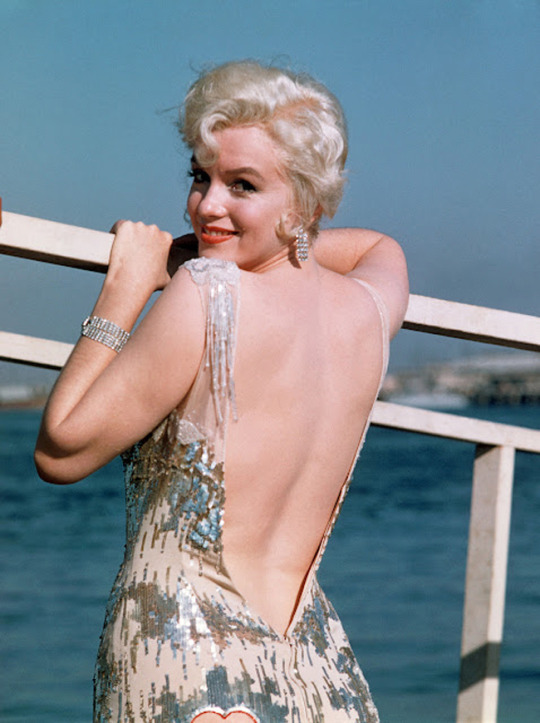
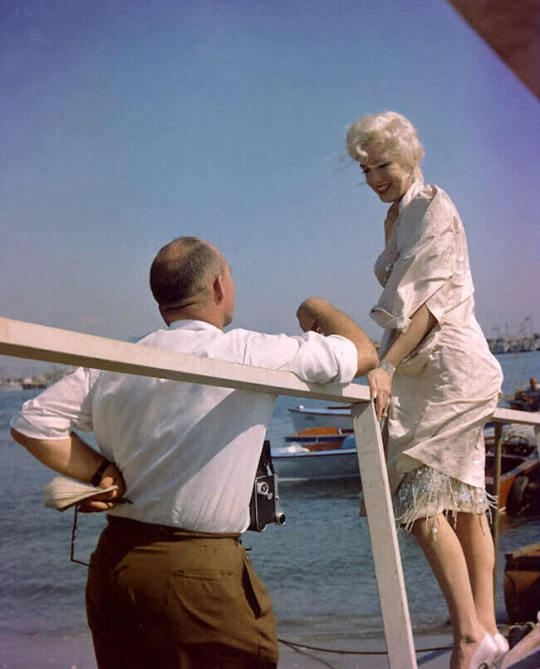
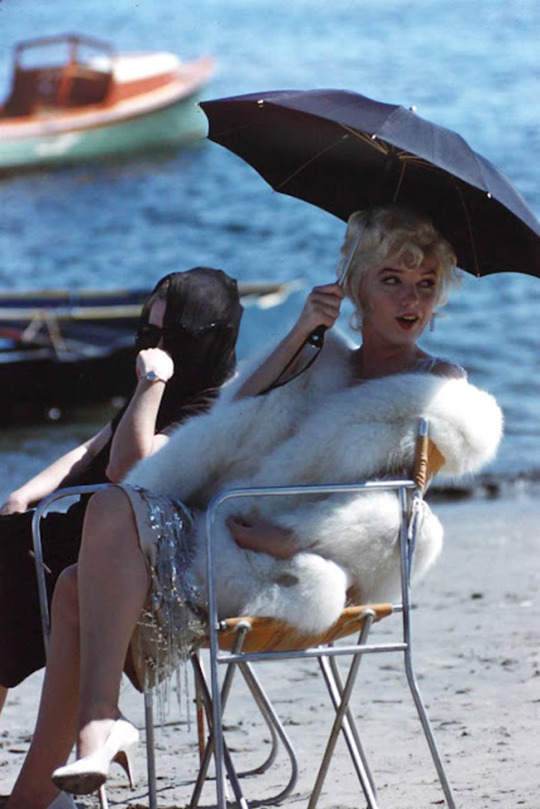
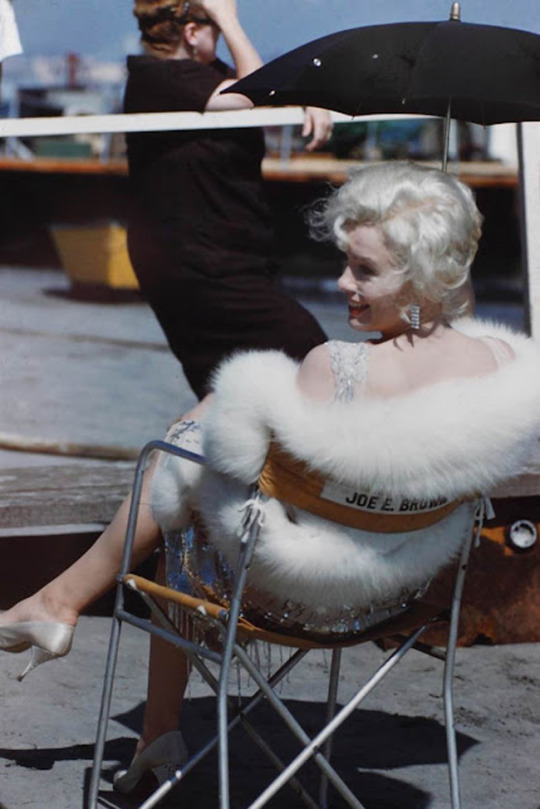
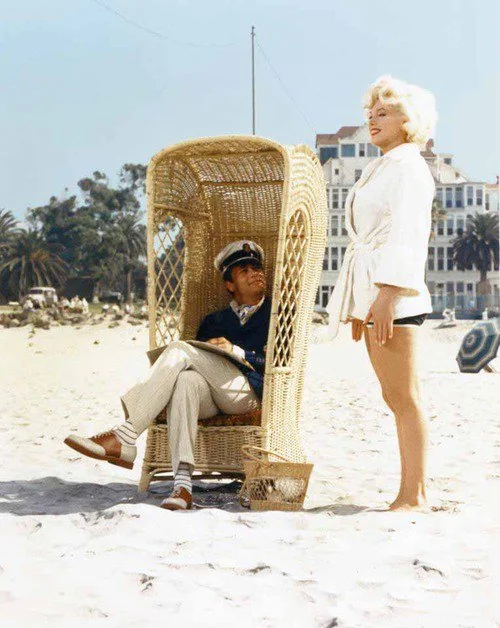
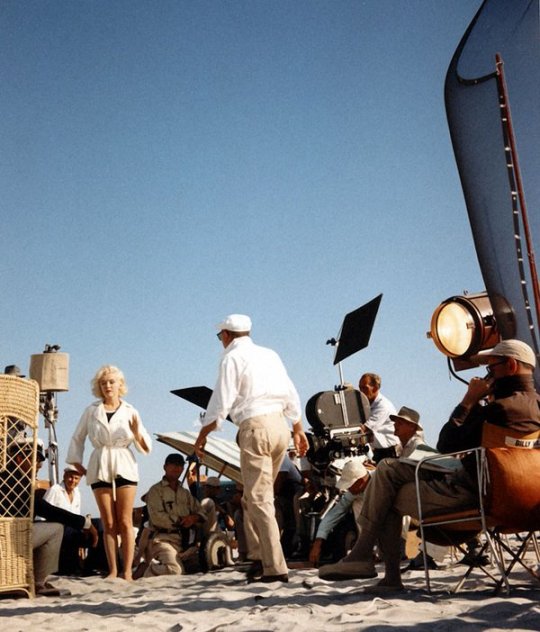
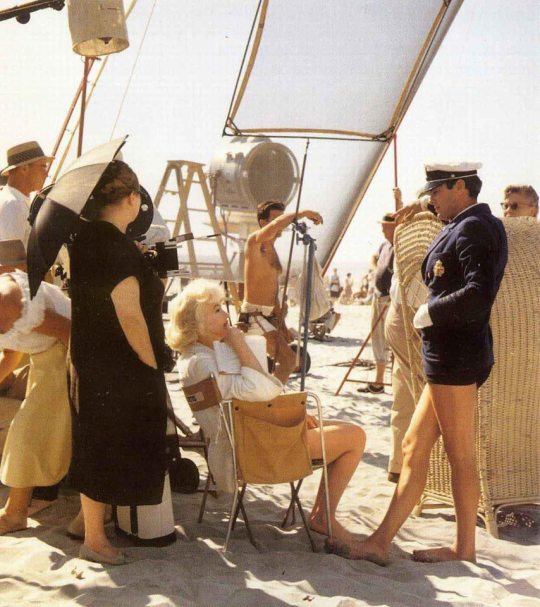
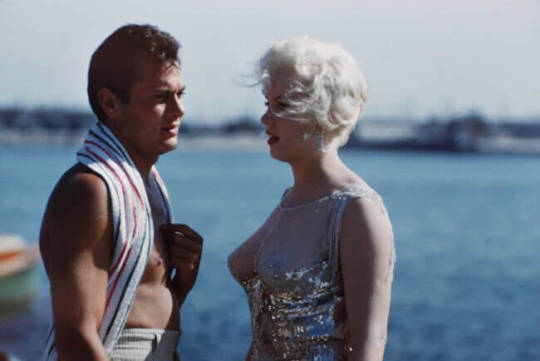
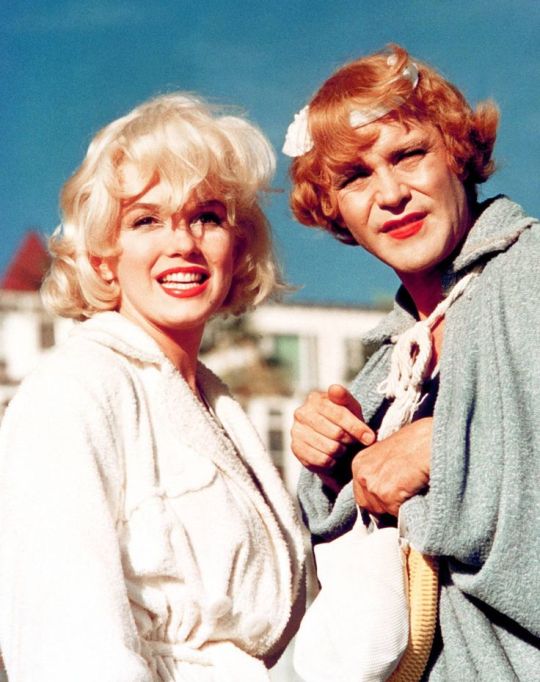
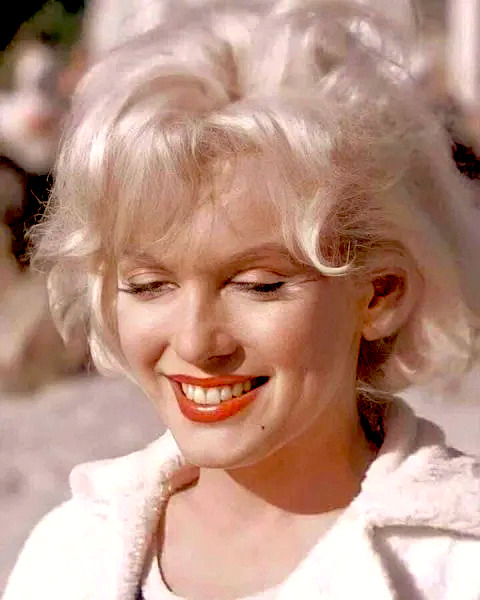
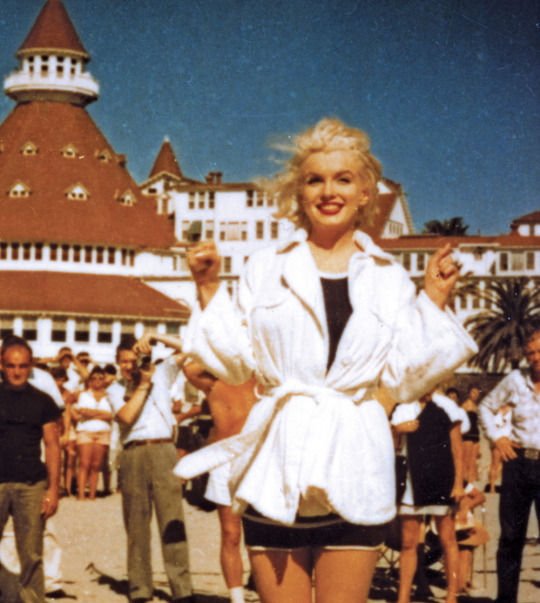
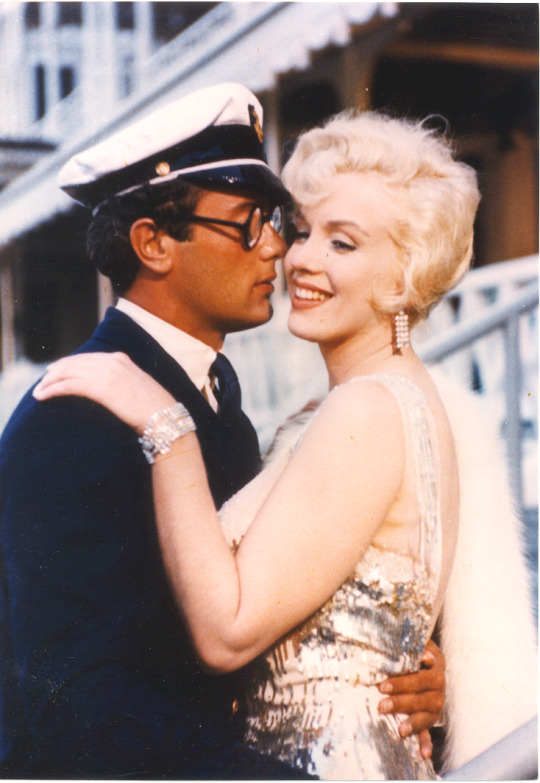
Behind the Scenes 'Some Like It Hot' (1959) Marilyn Monroe, Jack Lemmon, Tony Curtis, directed by Billy Wilder.
The film is set in Miami but was shot in San Diego, where the beach scenes were captured in front of the iconic Hotel Del Coronado, Coronado, California.
#marilyn monroe#hollywood#film production#cinema#old hollywood glamour#director#billy wilder#classic hollywood
133 notes
·
View notes
Text
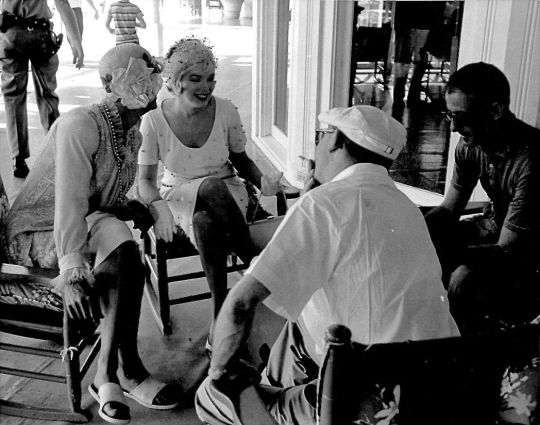
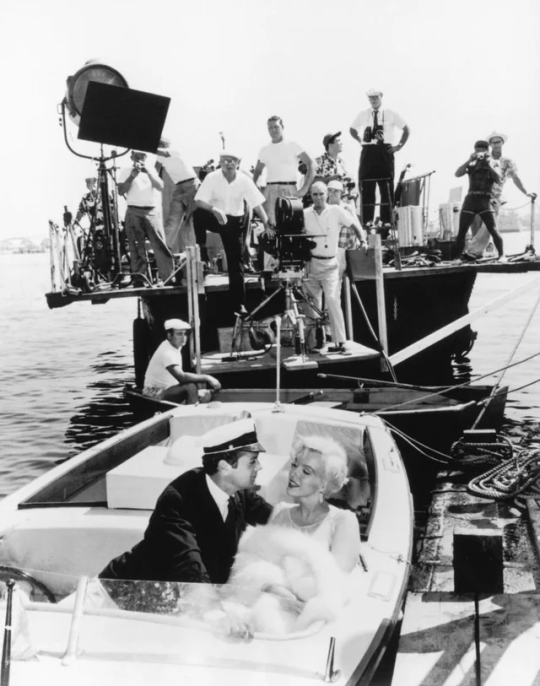
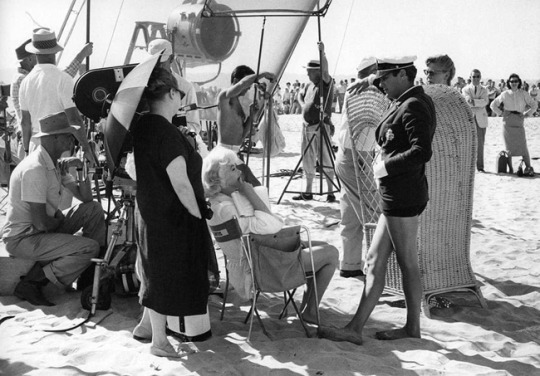
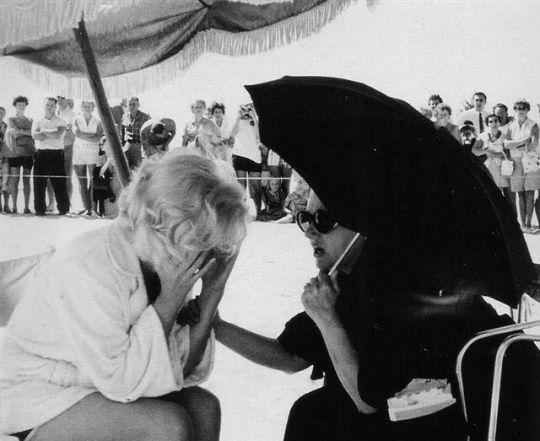
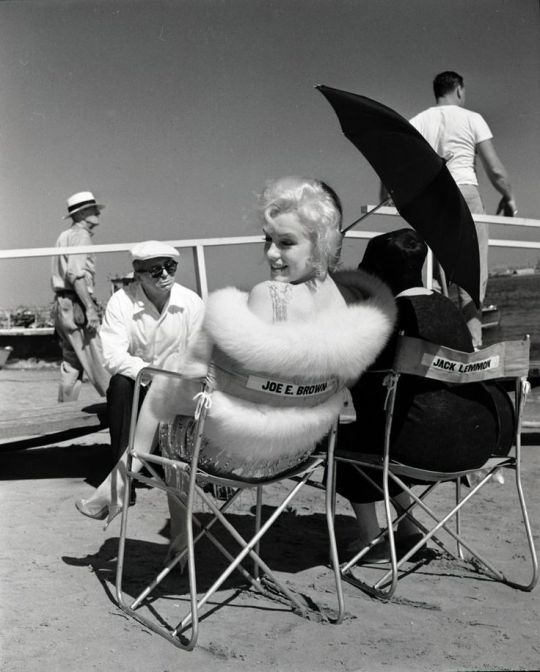
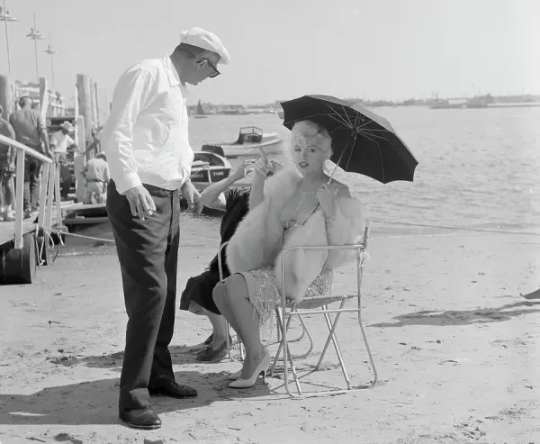
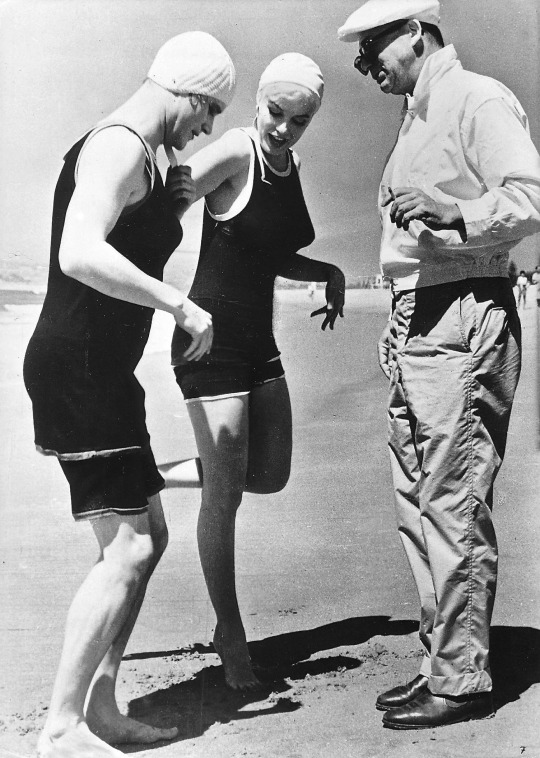
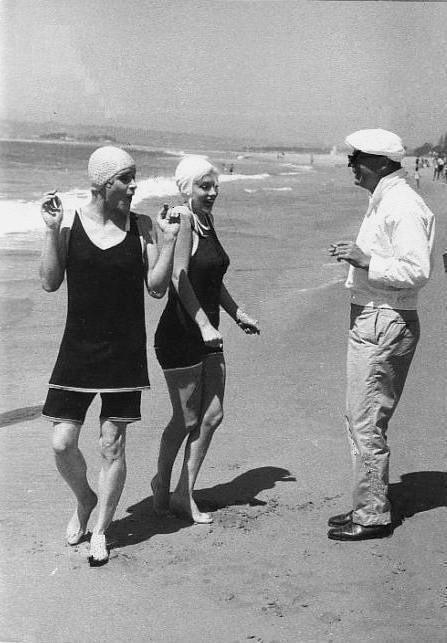
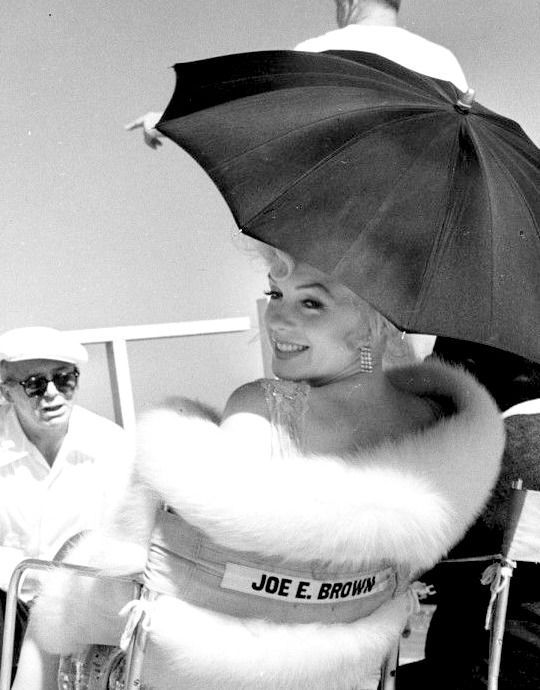
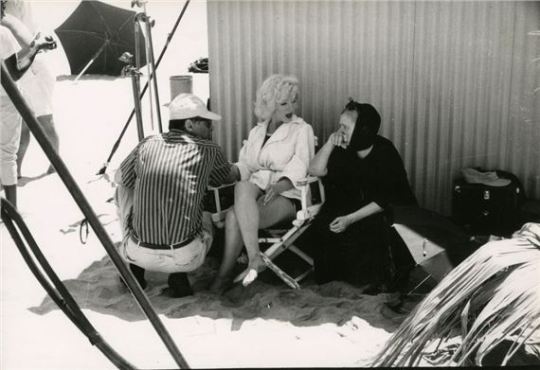
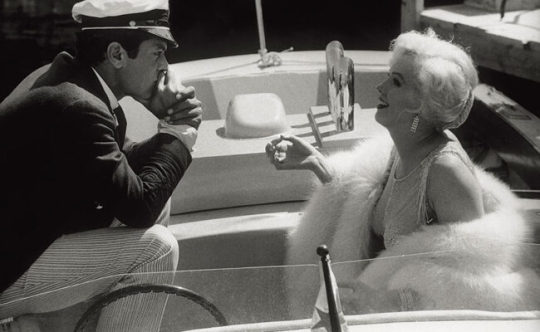
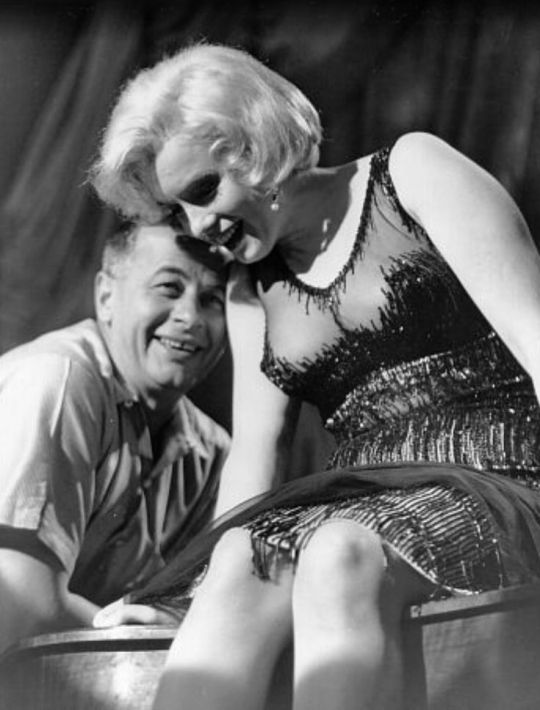
Behind the Scenes 'Some Like It Hot' (1959) Marilyn Monroe, Jack Lemmon, Tony Curtis, directed by Billy Wilder.
Recognised as the greatest comedy of all time by The American Film Institute, Some Like It Hot was the second collaboration between Billy Wilder and Marilyn Monroe.
Following the experience of shooting The Seven Year Itch (1955), Wilder was all too aware of the difficulties in working with the actress who, distracted by off screen relationships, struggled with depression and self-sabotage, frequently forgot her lines, turned up late, delayed production and deferred to her acting coach for direction.
Despite driving him crazy, Wilder offered Monroe the role anyway, knowing her intoxicating ability to shine with comedic dialogue.
The numerous issues on Some Like It Hot are now infamous and well documented.
In an interview in 1959, when asked if he would work with Monroe again, Wilder joked "I have discussed this with my doctor and my psychiatrist, and they tell me I'm too old and too rich to go through this again.”
Wilder is also quoted as saying
"I had no problem with Monroe. Monroe had a problem with Monroe."
"Anyone can remember lines but it takes a real artist to come on the set and not know her lines and yet give the performance she did."
”Whatever she threw away, we printed it and it was very good. It was very, very good. She automatically knew where the joke was. She did not discuss it. She came for the first rehearsal and she was absolutely perfect. She had a feeling for and a fear of the camera. Fright. She also loved the camera. Whatever she did, wherever she stood, there was always that thing that comes through. She was not even aware of it.”
“ My Aunt Millie is a nice lady. If she were in pictures she would always be on time. She would know her lines. But who would go to the movies to watch my Aunt Millie?”
#marilyn monroe#hollywood#cinema#film production#old hollywood glamour#classic hollywood#director#directors#billy wilder
26 notes
·
View notes
Text
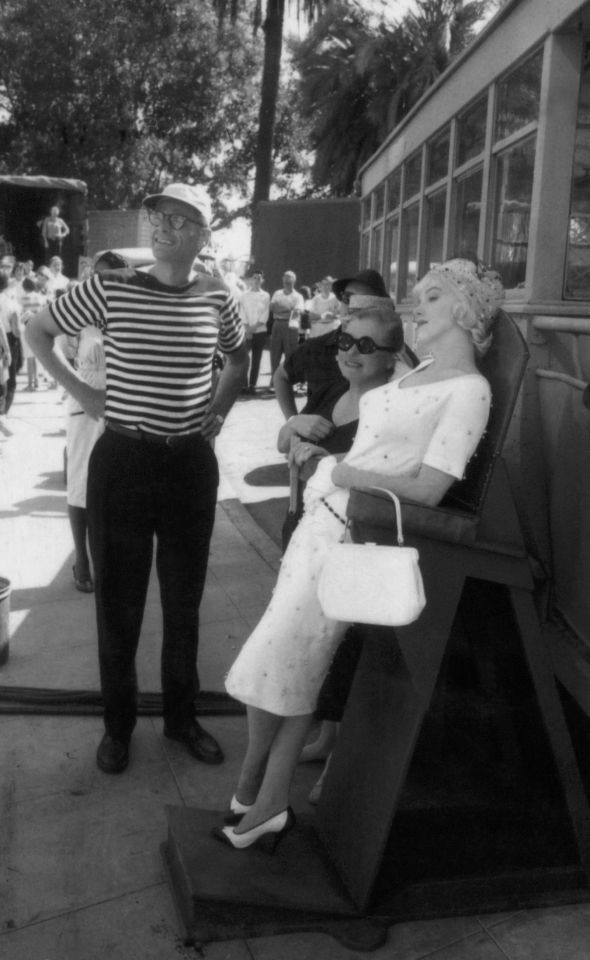
Arthur Miller, Paula Strasberg, Marilyn Monroe - behind the scenes during the filming of 'Some Like It Hot' , directed by Billy Wilder, shot on location in Coronado, California, summer 1958.
Monroe's costume by Orry-Kelly, shoes by Ferragamo.
Leaning Boards, also known as Rest chairs, were a production solution that evolved during the 1930s, allowing actors to conserve energy between takes, while preserving the integrity of their costume, which were often too tight or delicate to sit in without risking creases or damage.
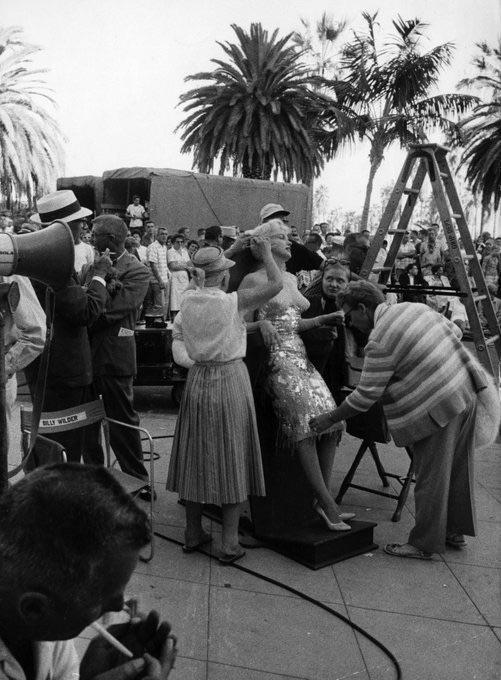
#hollywood#vintage#marilyn monroe#film production#costume#ferragamo#classic hollywood#some like it hot#old hollywood glamour
33 notes
·
View notes
Text
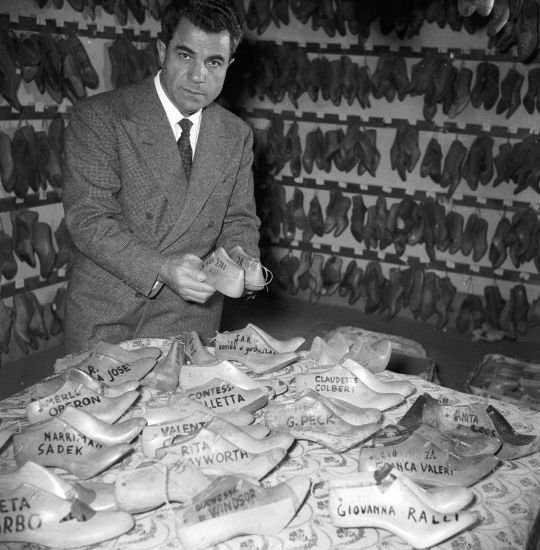
1956. Footwear designer Salvatore Ferragamo, with lasts in his shop in Florence.
0 notes
Text

“Give the girl the right pair of shoes and she’ll conquer the world”
Marilyn Monroe began buying her heels from the Salvatore Ferragamo Park Avenue store on moving to New York in 1954.
The actress went on to wear Ferragamo four-inch heels on and off the screen, ivory and beige sleek Filetia and Viatica pumps being amongst her favourites. To ensure the shoes were comfortable, Ferragamo patented a new half wood and half steel heel especially for Monroe.
Monroe’s love of luxury and her famous relationship with his shoes turned the designer into a household name and yet Ferragamo and Monroe never met in person.
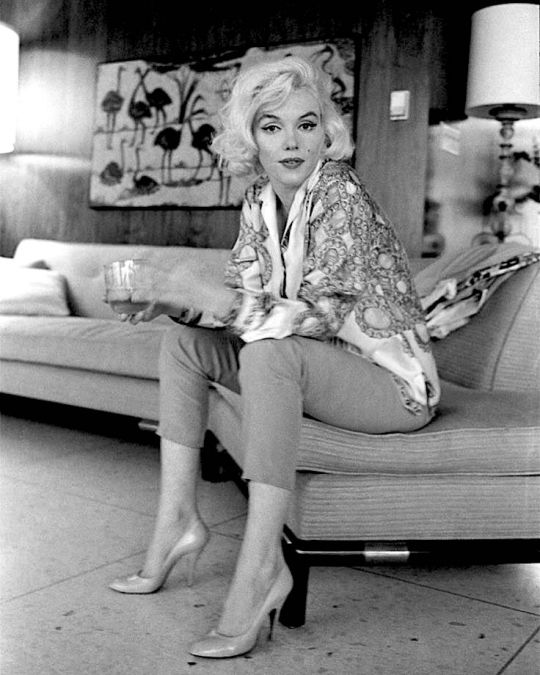
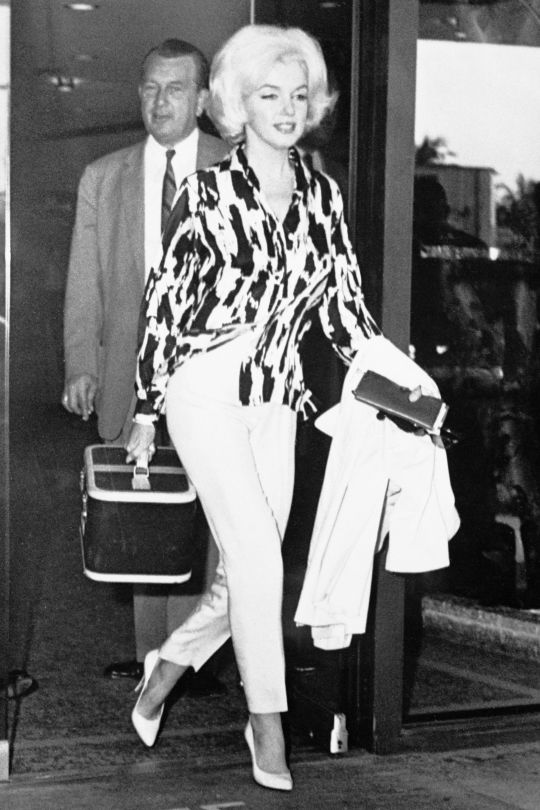
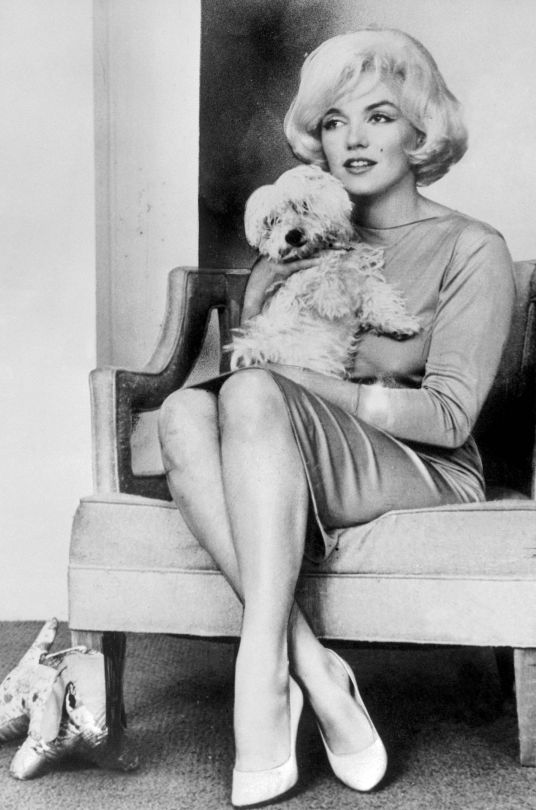
#marilyn monroe#Ferragamo#stiletto#hollywood#fashion#design#vintage#classic hollywood#classic films#old hollywood glamour
3 notes
·
View notes
Text

The Stiletto was developed in Medieval Italy as a slender knife designed for thrusting and stabbing, perfect for finishing off a knight's wounded opponent, with its pointed needle-like blade able to penetrate chain mail, gaps in armour and eye slits in helmets. Easily concealed inside a sleeve, the Stiletto became adopted throughout Italy, Corsica and Sicily as the favoured weapon of Renaissance assassins for its ability to inflict deep mortal wounds with minimal external bleeding.
In 1927, following his success designing shoes for Hollywood stars, Salvatore Ferragamo returned to Florence to open a factory, where his steel arch invention in the 1930s paved the way for the slim pointed silhouette of the Stiletto Heel, popularised by French designers Charles Jourdan, Roger Vivier and André Perugia in the 1950s.
Along with the illusion of a longer leg, smaller foot and greater height, the Stiletto high heel altered the wearer’s posture, forcing the chest forward and the bottom backwards, accentuating curves and leading to the image of the seductive femme fatale.
When new engineering techniques developed for aircraft carriers were applied to shoe construction in the 1960s, it became possible to raise Stiletto heels to new heights, reaching their most refined shape, when the toes of the shoes became as sharp as the heels, resulting in the whole shoe being referred to as a Stiletto.
#stiletto#design#history#fashion#hollywood#actress#femme fetale aesthetic#italy#ferragamo#renaissance#Florence#combat
1 note
·
View note
Text
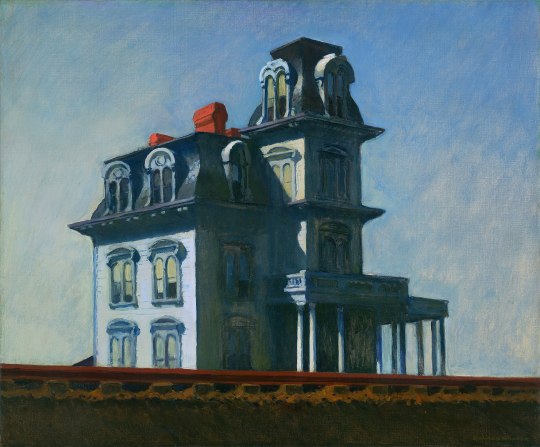
House by the Railroad (1925) Edward Hopper
Inspired by a Second Empire Victorian mansion in Haverstraw, New York, Hopper's painting in turn inspired the Bates home in Alfred Hitchcock's Psycho and the Reata Ranch mansion in George Stevens' Giant.
2 notes
·
View notes
Text
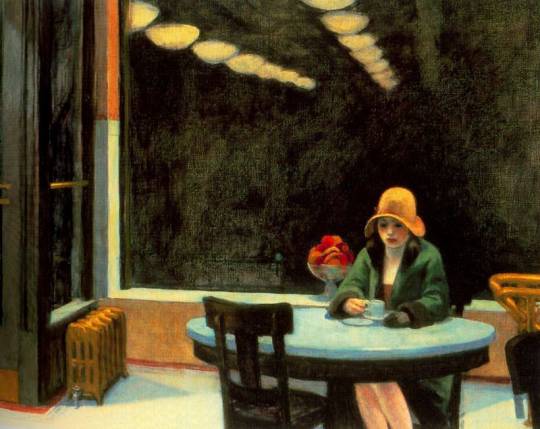
Automat (1923) Edward Hopper
3 notes
·
View notes
Text
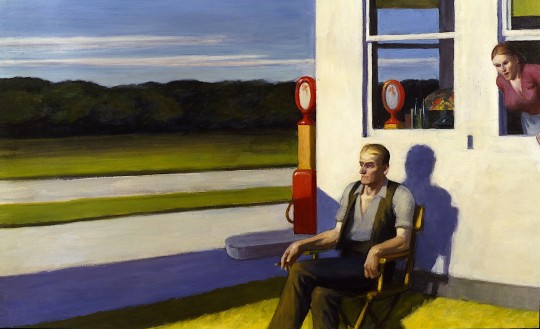
Four Lane Road (1956) Edward Hopper
Man contemplates the lonely existence stretching out in front of him and the unpalatable repetition of truth behind.
2 notes
·
View notes
Text
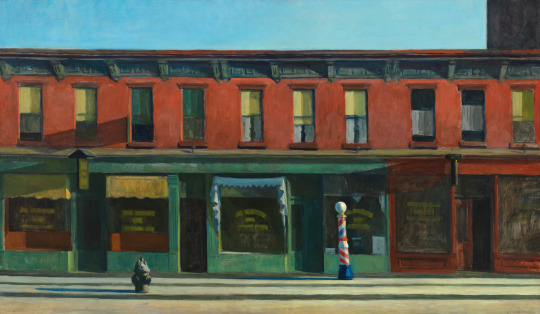
Early Sunday Morning (1930) Edward Hopper
The businesses and shops of an empty, bleak Seventh Avenue, shortly after sunrise. New York City during the Great Depression.
2 notes
·
View notes
Text
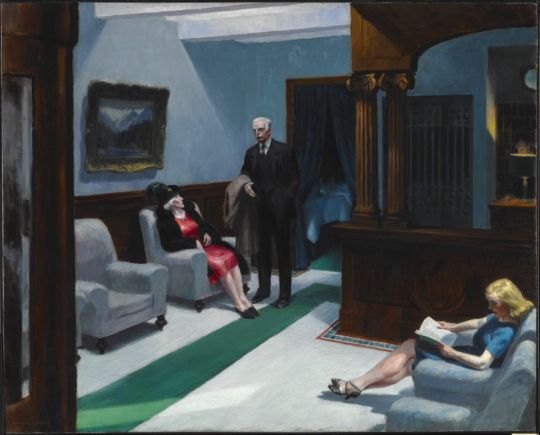
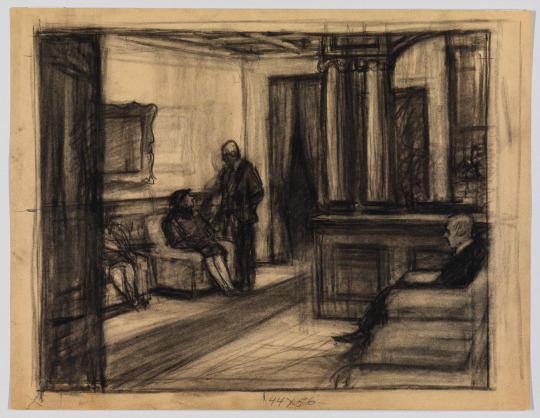
Hotel Lobby (1943) Edward Hopper
4 notes
·
View notes
Text
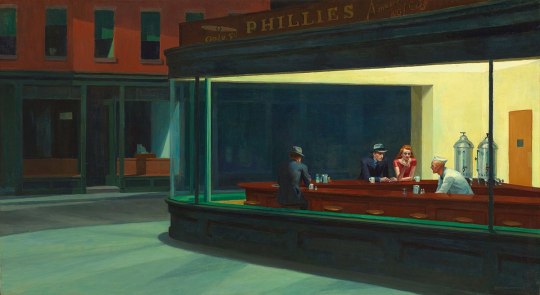
Edward Hopper worked as a commercial illustrator for over 20 years to support himself, eventually finding financial stability in his 40s allowing him to pursue painting full-time with his most famous works created during his late career.
Hopper studied at the New York School of Art in 1900 and in 1906, he moved briefly to Paris where he was attracted to the work of Renoir, Manet and Degas. Hopper considered himself an impressionist and his style remained relatively unchanged throughout his career, typically combining sketches observed from life with imagined compositions constructed in the studio.
Although an imposing figure at 6 foot 5 inches Hopper was a quiet introverted man with a gentle sense of humour. Hopper married Jo Nivison, an artist and actress, in 1924 and lived modestly in a 4th floor apartment at Washington Square , Lower Manhattan, working there until his death in 1967. Conscious of the changing tides of success, the Hoppers were frugal in their spending and chose to heat canned food and eat at inexpensive diners and lunch counters across the city, spaces he found fascinating. Many of Hopper’s works were inspired by combining elements from multiple Greenwich Village locations, painted from memory.
Hopper’s vision of reality was selective, an outward expression of his inner life as an artist, his focus typified by isolated figures in quiet, contemplative, introspective scenes from everyday urban life.
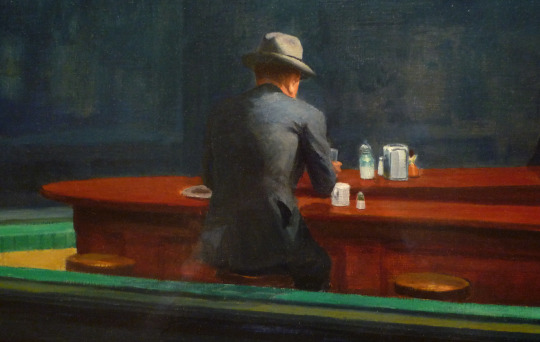
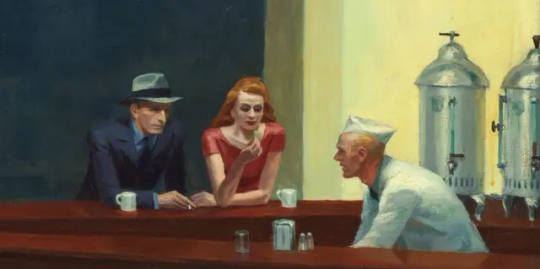
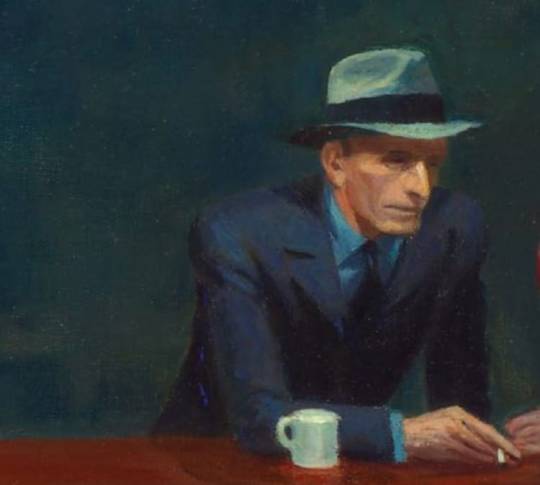
Nighthawks (1942) is set in composite, imagined location, suggested by wedge-shaped intersections around Greenwich Avenue and possibly influenced by the curved prow of the triangular Flatiron Building at 5th Avenue and Broadway.
It's been suggested Hopper may have also found inspiration in 'The Killers' a 1927 prohibition-era short story by Ernest Hemingway, where the protagonist has a run-in with a pair of hitmen who are seeking to kill a boxer in a local restaurant.
Hopper simplified the scene in his sketch book, reducing elements and expanding the space of the diner to look in on an empty, lonely world of solitude.
He worked on the nocturnal composition for about a month and half, posing for two of the figures himself in a mirror and his wife posing for the girl.
Completed in January 1942, Hopper sold the painting 4 months later for $3,000 to the Art Institute of Chicago, where it remains on display, now recognised as one of the most iconic works of 20th century American art.
Reluctant to speak about himself or his work Hooper simply said "If you could say it in words, there would be no reason to paint".
Hopper was an avid moviegoer and his work is said to have anticipated and influenced the Film Noir cinematic style. I like to think of his studies and drawings as a methodical process he used to plot the stories he told on canvas.
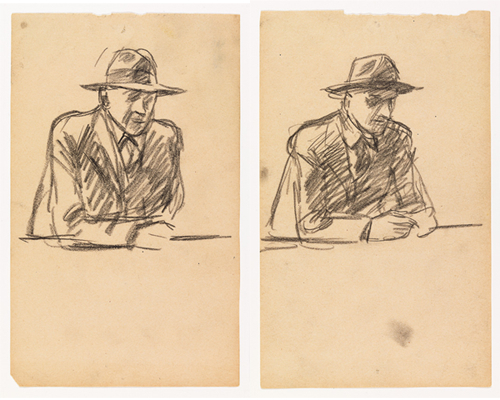
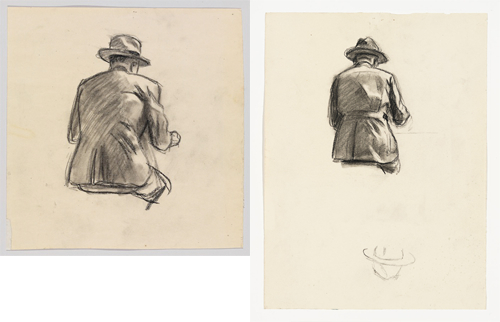
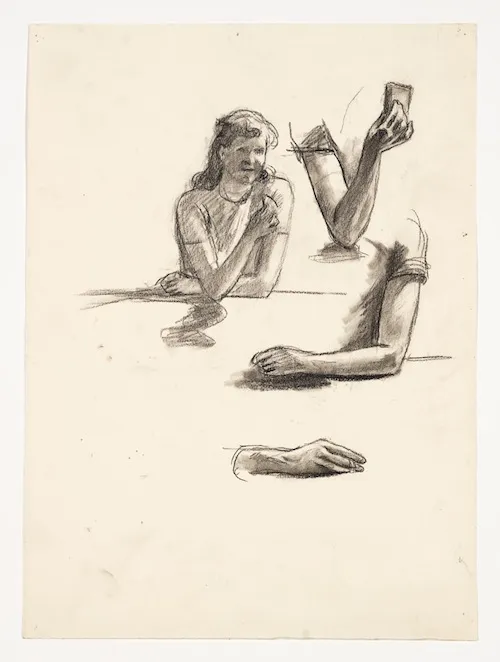
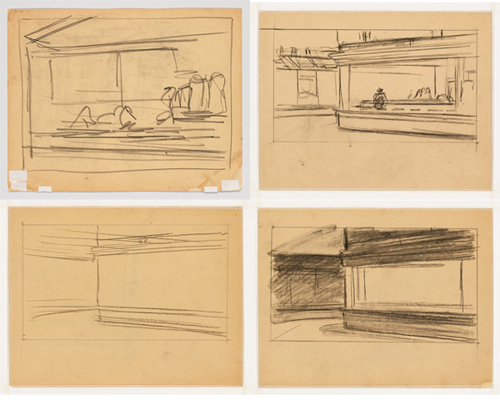
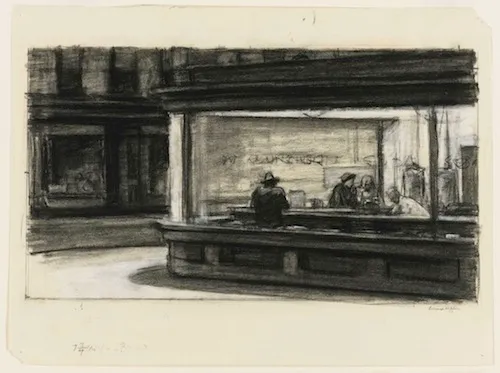
4 notes
·
View notes
Text
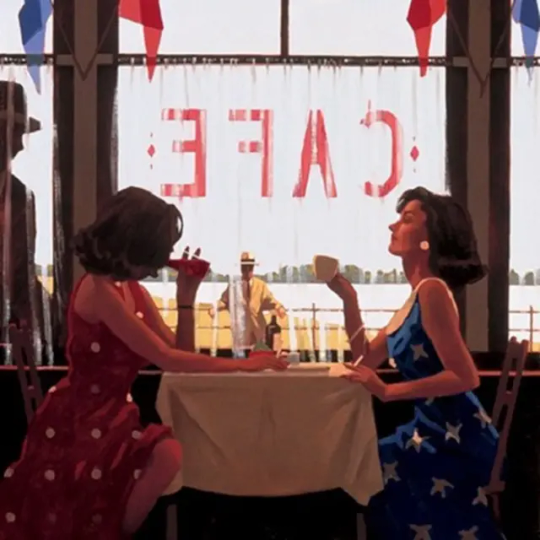
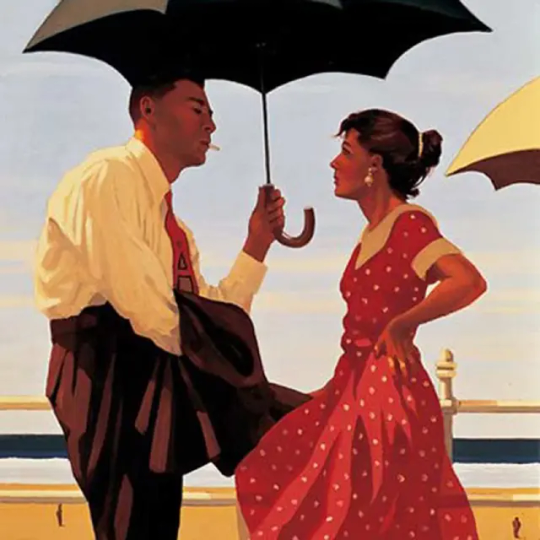
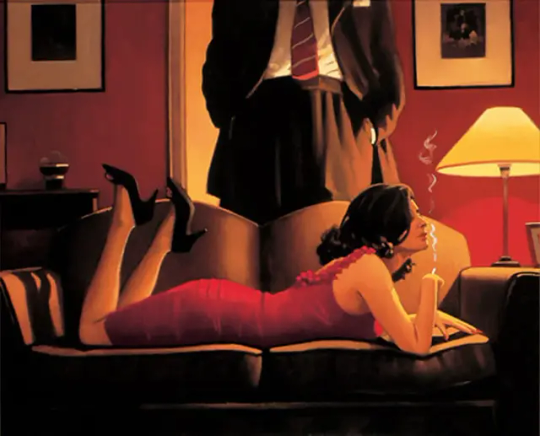
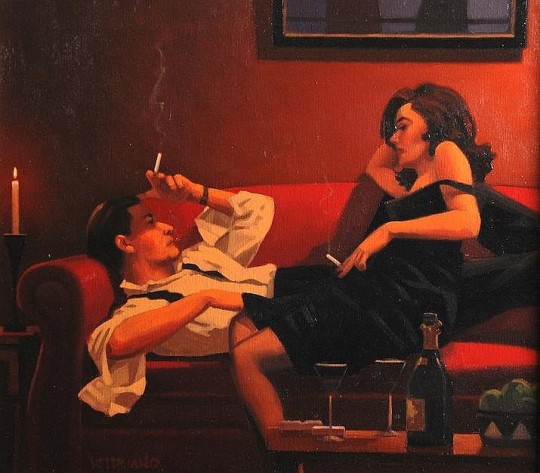
Jack Vettriano, born Jack Hogan in Fife, was found dead in his flat in Nice. Self taught, he left school to become a mining engineer but took up painting when a girlfriend gave him a box of watercolours for his 21st birthday. His distinctive, mysterious, nostalgic work attracted both acclaim and criticism. I like the unspoken tension in these examples.
4 notes
·
View notes
Text
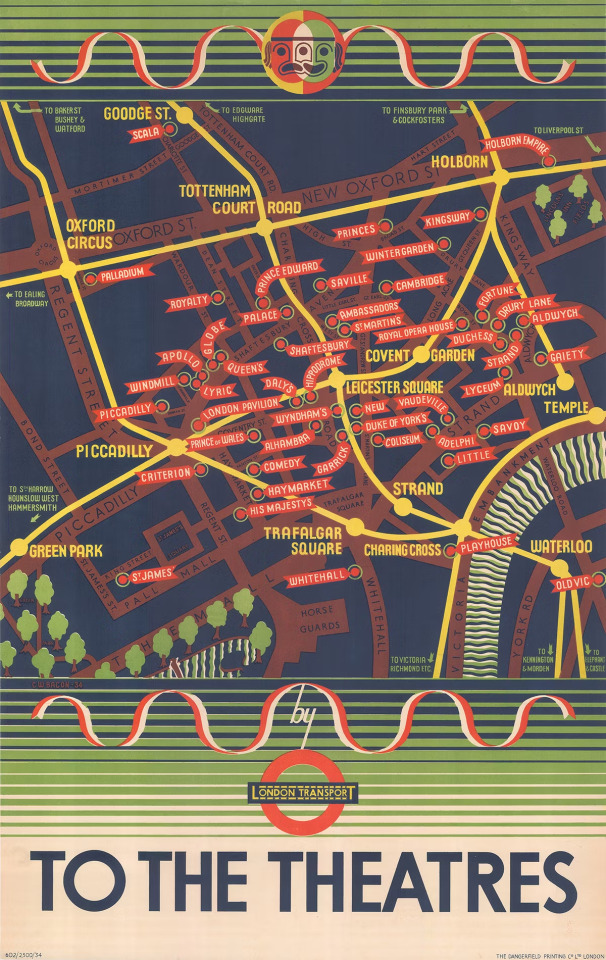
London Underground Poster by Cecil Walter (1934)
4 notes
·
View notes
Text

Opened to the public in 1863, the London Underground was the world’s first underground passenger railway.
Harry Beck, a British engineer, created the first official London Underground map in 1933. Beck's seminal design was based on an earlier diagram created in 1931 which spurned geographic accuracy in favour of station sequences, intersections and direction of the lines. He presented his drawing to the publicity office, who rejected it before accepting a second draft the following year.
This is an unpublished proof of Harry Beck’s First Edition Tube Map, 1932. It can be seen in a new exhibition 'Mapping the Tube' on show at The Map House, London’s oldest specialist antique map dealer, until November 30.
1 note
·
View note

